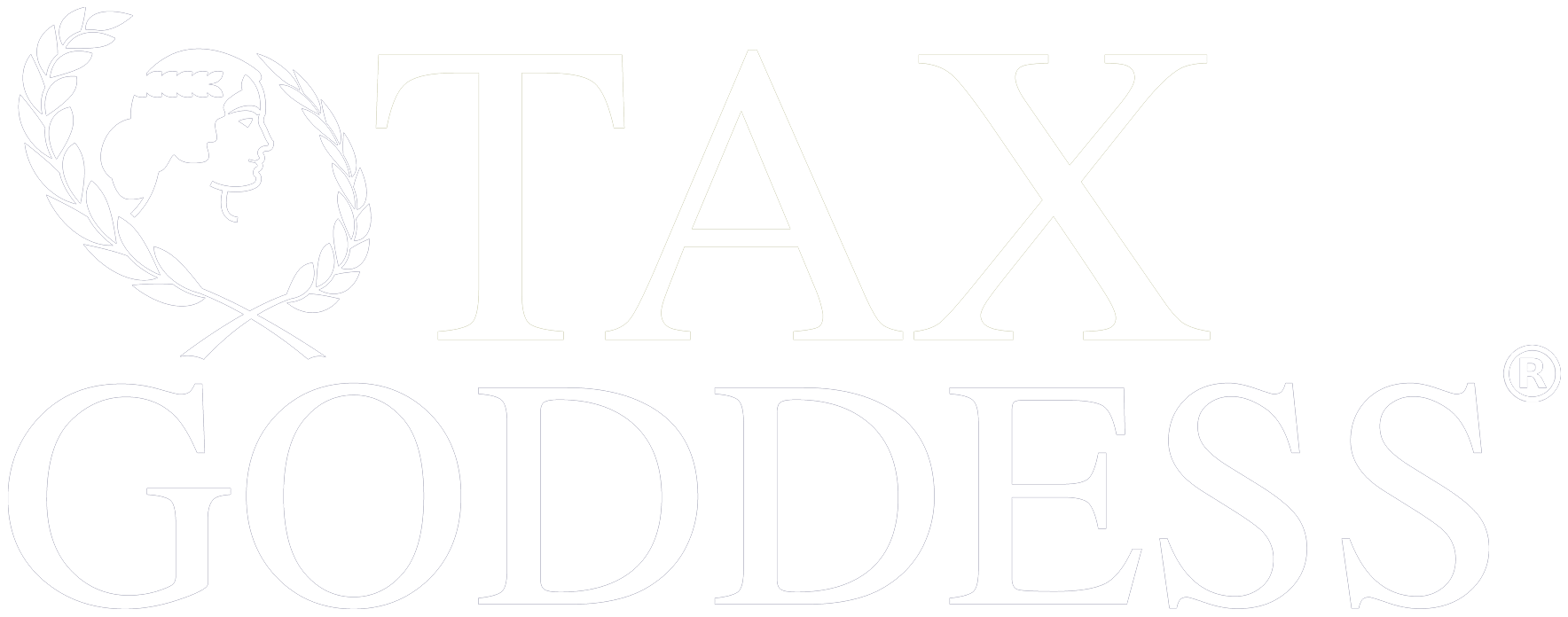If you think you know all about the Inflation Reduction Act and all it comes with, this one might surprise you. Have you heard of the Corporate Alternative Minimum Tax (CAMT)? The CAMT is a tax on the adjusted financial income of large corporations for taxable years beginning after December 31, 2022. Does this apply to your company? Read along and find out.
What Is A Corporate Alternative Minimum Tax?
A Corporate Alternative Minimum Tax is a flat rate tax applied to corporate income defined more loosely than the regular income subject to corporate taxes.
But this is not the first time this new measure of taxation is coming up. The Corporate Alternative Minimum Tax was first introduced under the Tax Reform Act of 1986 in reaction to the same argument that lingers today.
How are large firms with significant accounting earnings paying little or no tax?
It also originally included a third level of tax calculation called Business Unreported Reported Profits (BURP) adjustment, where companies were mandated to add half of the difference between a firm’s accounting income reported on financial fillings to their new alternative minimum income taxable income.
Also, the United States had previously applied a CAMT that was repealed in 2017. Although it added back certain incentive deductions and credits into corporate income. However, beginning in 2023, a new U.S CAMT has established a 15% flat rate on Adjusted Financial Statement Income.
What Is Adjusted Financial Statement Income?
Adjusted Financial Statement Income is a comprehensive income base calculated by applying statutory adjustments to financial statement income. This calculation leads to an income amount different from both financial statement income which is determined according to accounting rules and income as mandated for regular income tax.
In general, the AFSI of a corporation in any tax year is the net income or loss of the taxpayer set forth on the taxpayer’s applicable financial statement with some adjustments such as the adjustments to:
- Include only financial statements income related to the appropriate taxable year
- Include only certain income for related entities such as partnerships or consolidated group members
- Only include dividends and other accounts from non-consolidated groups of corporations
- Include certain foreign income
- Adjust for the payment of certain foreign taxes
- Include the income of disregarded entities
- Take into account tax depreciation rather than book depreciation
Reasons For The Corporate Alternative Minimum Tax
The Corporate Alternative Minimum Tax enthusiasts see this tax as a remedy to the unfairness of large corporations reporting huge income on their financial statements with little to no tax bill.
The enactment focuses on large corporations with significant accounting earnings paying little to no taxes. Hence, congress’s decision to have the CAMT calculated based on books rather than taxable income.
The CAMT also provides taxpayers with answers to lingering questions about how some transactions may be treated and specific adjustments to consider relating to the alternative minimum tax, such as adjustments for depreciation and certain tax credits. It also provides an easy metric for smaller corporations to determine if the CAMT applies to them or not.
Who Does The CAMT Apply To?
The Notice IRS 2023-7 has clarified which corporations the CAMT applies to and how the alternative minimum is calculated. The new Corporate Alternative Minimum seeks to impose a 15% alternative minimum tax on adjusted financial statement income (AFSI) on particular corporations.
The CAMT applies to large corporations with an average of $1 billion or more in profits for three consecutive tax years. It also applies to foreign parented U.S firms making over $100 million in profit if the aggregated foreign group makes over $1 billion in profits. However, it does not apply to S corporations, Real Estate Investment Trusts (REITs), and regulated investment companies.
The number of companies affected remains unknown. However, because of the $1 billion threshold and categorical exemption, the CAMT is not expected to apply to all corporations. While the Joint Committee on Taxation has estimated 150 companies, another estimate from KPMG surpasses 300 companies.
In addition, the Congressional Budget Office (CBO) has estimated that in 10 years, fiscal years 2022-2031, the CAMT will boost federal tax revenues by over $222 billion, an increase of 5.8% of corporate revenues, which is also equal to the revenue that would be raised if the regular 21% tax rate was increased slightly by over 2 percentage points.
What Are The Latest Changes By IRS To The CAMT
Considering the complexities required to determine CAMT liability, Notice 2023-42 provides that the IRS waive the penalty for a corporation’s estimated income tax related to its CAMT for the taxable year that begins after December 31, 2022, and before January 1, 2024.
The IRS has also provided a list of financial statements that meet the definition of an applicable financial statement and guidance on when corporations are subject to CAMT, CAMT foreign tax credits, foreign corporations, wireless spectrum, tax consolidated groups, depreciable property, financial statement net operating loss as well as duplication and omissions of certain items.
The CAMT and Global Corporate Minimum Tax
While the US has signed the Organization for Economic Co-operation and Development (OECD) agreement, joining more than 130 countries that agreed to a 15% global Corporate minimum tax proposal, the structure of the CAMT does not conform with the OECD requirements. For one, the OECD is applicable to far more corporations than the CAMT. Because the U.S. is the most important signatory to the OECD, some amendments have to be made to either the U.S. laws, or the OECD designs or a combination of both to create an effective global minimum corporate tax.
Take Home
While the CAMT only applies to a few large corporations, the central idea behind this move is to improve fairness in taxation and raise more money for the US treasury. However, extra measures have to be taken to ensure that the tax is effective and achieves the primary goal it was established for.
If you think your company might be affected by the CAMT, don’t hold back from getting the right help you need to navigate this new complex regulation. Book a free 30-minute consultation with us and discover how we can help you.








